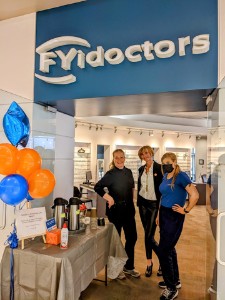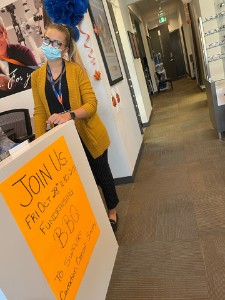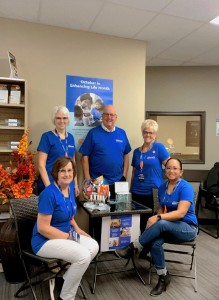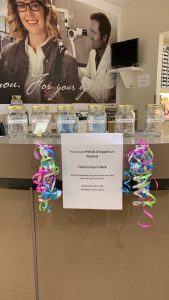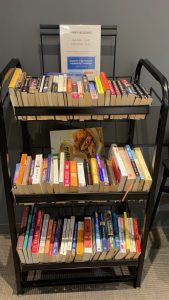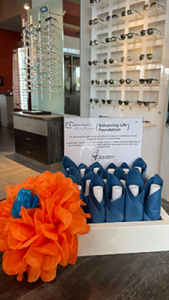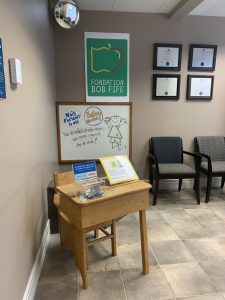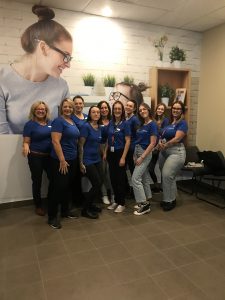
If you’re responsible for talent acquisition, you’ve likely muttered a few curse words under your breath a time or two. We’ve all been there – struggling through resumes looking for that shiny diamond. How often have you been disappointed by someone who had all the right credentials on paper, but fell flat on the job?
After all, resumes are an exercise in creative writing – crafted, re-drafted, updated by friends, built from templates, word-smithed and maybe even ‘embellished’ just a tad. Resumes are over-processed and stretched into an 8.5”x11” shiny but distorted image of the candidate.
Statistics show that only 1 in 5 hires is considered successful by both employer and employee. That’s an 80% failure rate – completely unacceptable in any aspect of business, including HR.
If you are asking yourself how this is possible, it’s because resumes should not be the primary driver for hiring decisions. The polished 8.5”x11” may outline education and experience (both of which are important), but completely miss the mark on shining a light on what is essential to success in a job.
Skeptical? The very smart people at Harvard Business Review found that prior experience doesn’t predict a new hire’s success, and found no significant correlation between the two. Looking back at what someone has done, doesn’t predict the future.
“Is it realistic to think that HR departments and hiring managers will stop screening for experience?
You can understand why so many organizations do it: Experience is easy to assess. Have you worked in sales for three years? Have you managed people before? It’s either a yes or a no. Past performance and existing knowledge and skills [including qualifications and licenses] are more difficult to figure out, especially if all you have is an application or a résumé. But today, when everyone is complaining about the skills shortage and the war for talent, companies can’t afford to knock out candidates who would do really well but don’t have the experience that someone has chosen to put in the job description. You want to expand the pool of people you’re considering.” – Harvard Business Review
The talent acquisition space is very tough these days. You need every advantage you can get to attract and deliver quality applicants to fill all your vacant positions. Understanding if a person will fit with the company, role, manager, and culture is far more predictive of success, but those soft skills don’t shine through on a résumé.
It’s no surprise that those responsible for hiring are increasingly relying on technology. Fit First® uses patented psychometric technologies and predictive human analytics to uncover those hidden skills, unlock potential and expand the pools of talent available to you.
Let us help you measure what matters and find your next great hire.
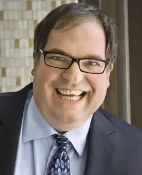
TIM BRENNAN
is Chief Visionary Officer with Fit First Technologies Inc, the creators of Eyeployment, TalentSorter and Jobtimize.














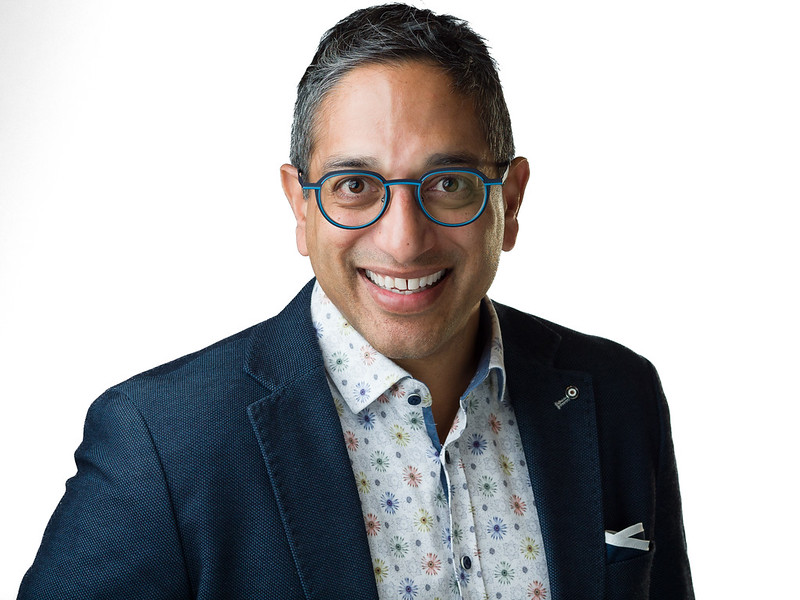
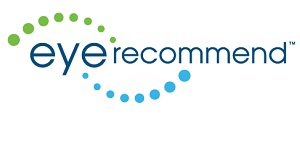


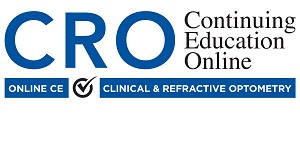
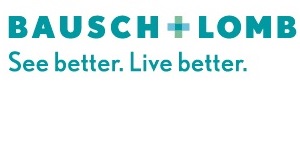


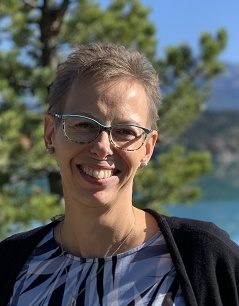
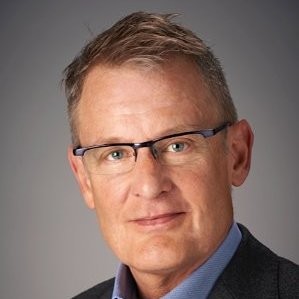

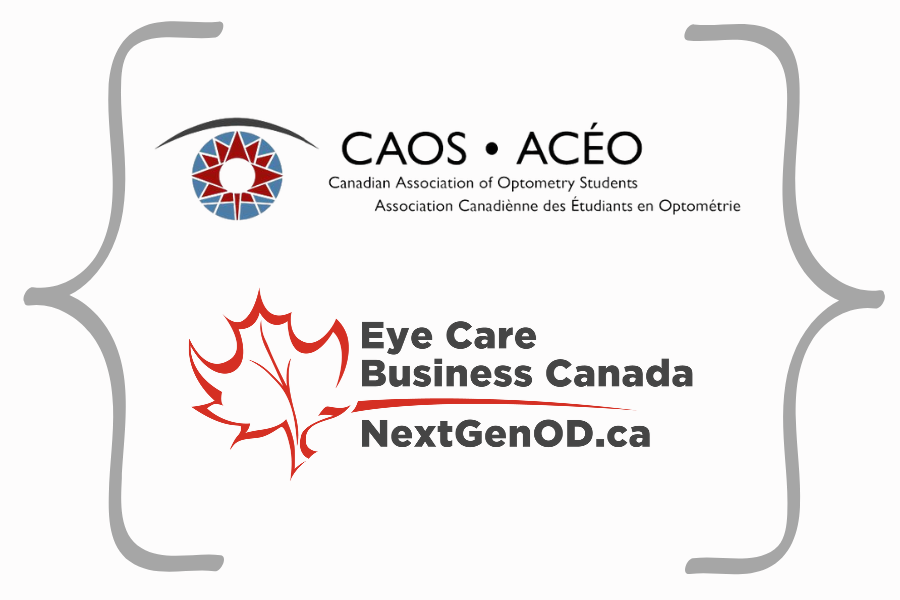


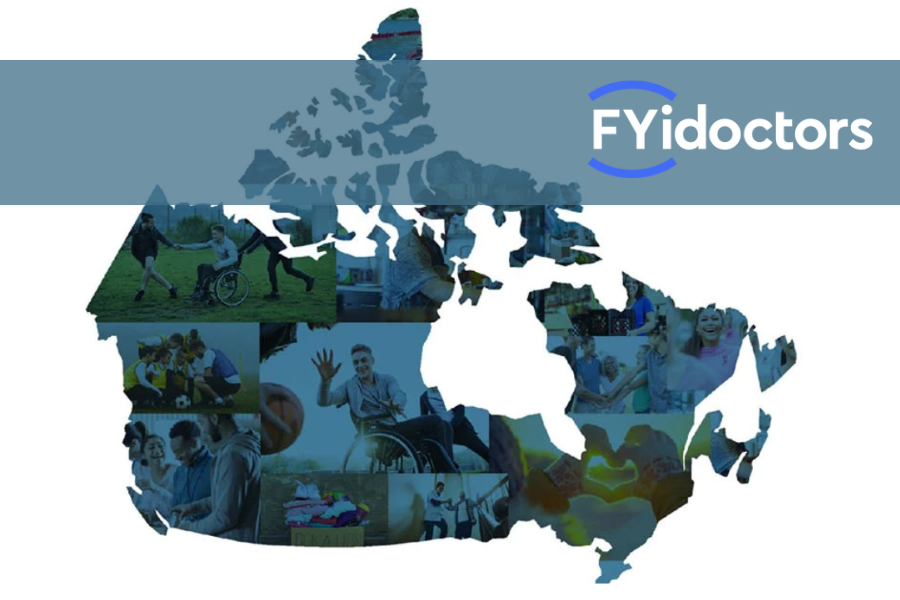
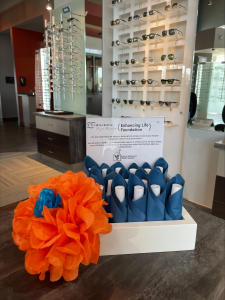 Enhancing Life Foundation: then and now
Enhancing Life Foundation: then and now Nicholls speaks from experience—her clinic previously partnered with a non-profit organization called
Nicholls speaks from experience—her clinic previously partnered with a non-profit organization called 